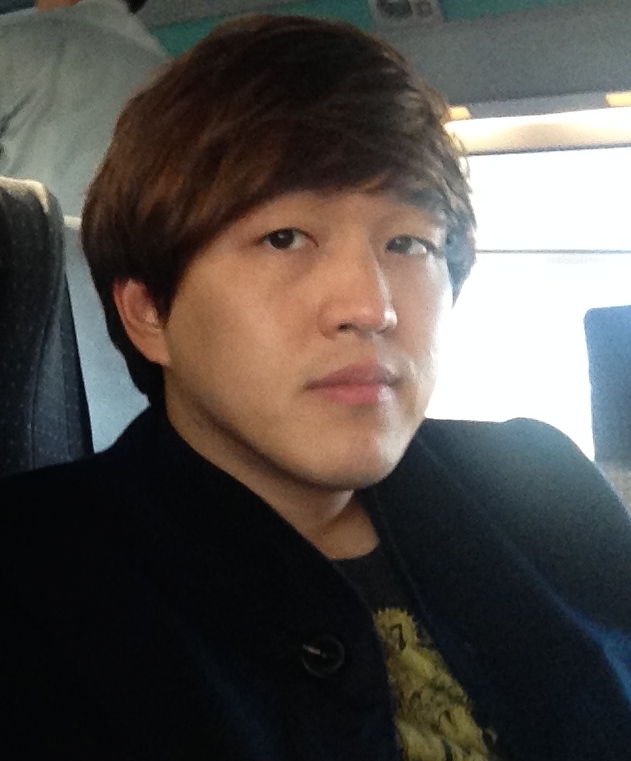 Interview with Ryu Sidoo, CEO at Edible Bug
Interview with Ryu Sidoo, CEO at Edible Bug
Tell us about Edible-bug project: when and how did you decide to invest in edible insects business?
It was November 2013. I was interested in the FAO Report.
My first idea was that no one want to try edible insects. I was curious that if anyone want it, so I launched the website, edible-bug.com, and made a sample request form using Google Form. After a month, I spent a coulpe of thousands of dollars as just delivery fees. That was the point my curiosity changed into business.
Did you face any particular sanitary or normative problem at the beginning?
No. It’s mainly because KFDA (Korean Food and Drug Association) has released regulaments for edible insects. We follow that specific rules so we don’t have sanitary or legal problems.
Where do you rear (or buy) your insects?
In Korea, there are about 1,000 farm. Not all of these insect farms are for edible insects, but many of them breed it.
We make contracts with some of those farms.
What’s actually your main market?
We’re doing business on food processing and cafe franchising. Of course both are based on edible insects
Food processing business:
in 2015, we focused on snacks using mealworm, silkworm pupae, and grasshopper.
For this year, we’ll launch something to drink with those insects. It could be a kind of tea or soup.
Cafe franchising:
we opened edible insect cafe in Seoul, 2014. That was the first one in Korea.
We launched a second one in Busan, 2015. We’ll expand cafes continuously.
What’s your “best seller” product?
Our best sellers are mealworm coockies
How is the edible insects market growing in Korea?
It’s really fast. Our turnover in January 2015 and December 2015 was totally different.
Our online sales grew 31.77% per month in 2015.
Will entomophagy be normally practiced also in western countries in ten years?
I hope so. It might be not ‘normal’ in ten years, but people could accept the benefits of edible insects.
Will Europe be an interesting market for you?
Not yet. We’re focusing on Asian countries first. But it might be good to have partners in Europe for developing products and share informations.




